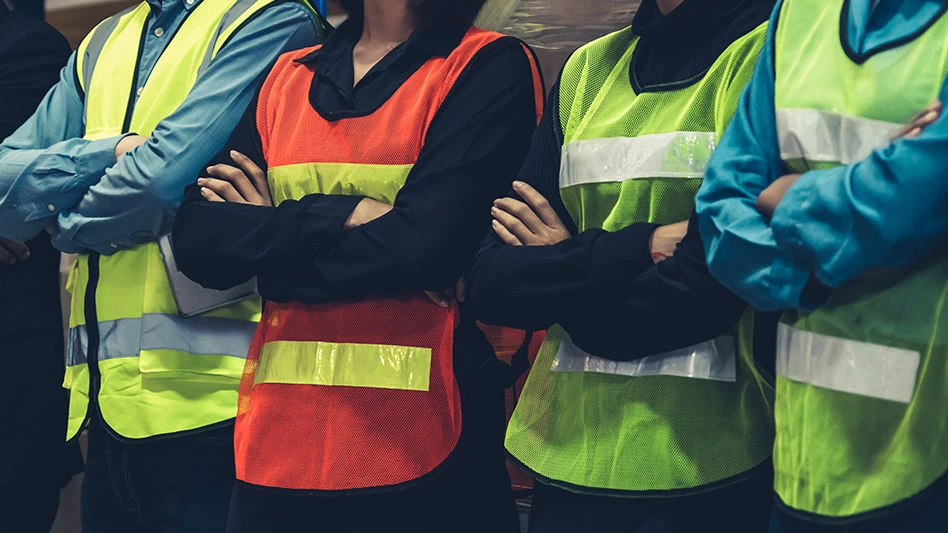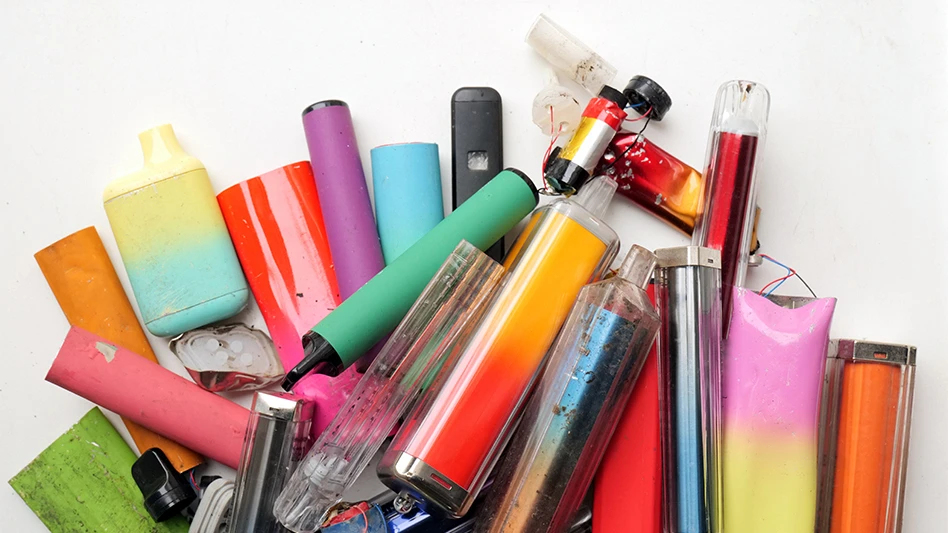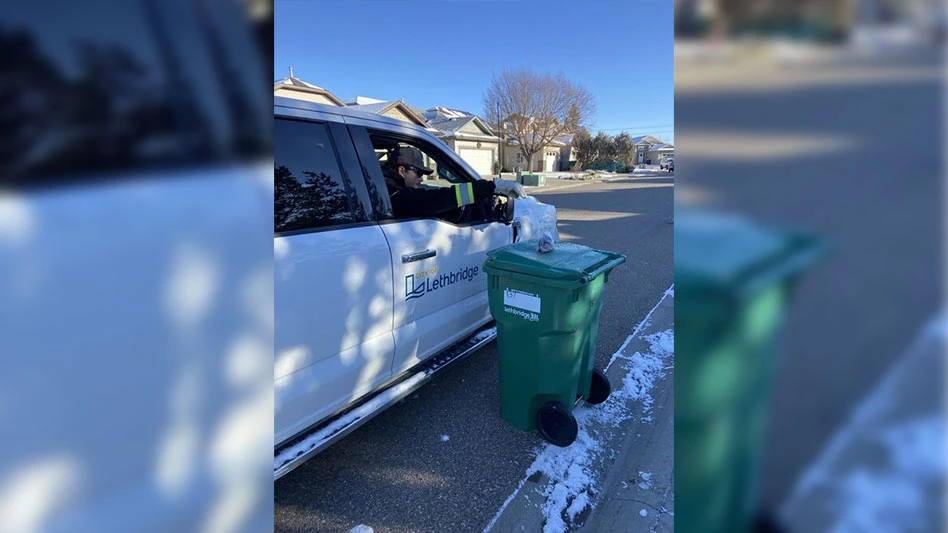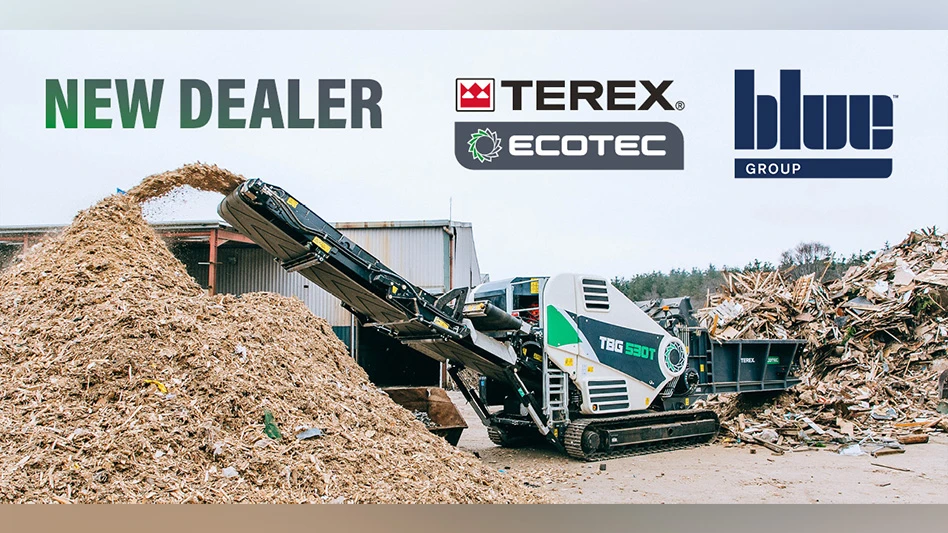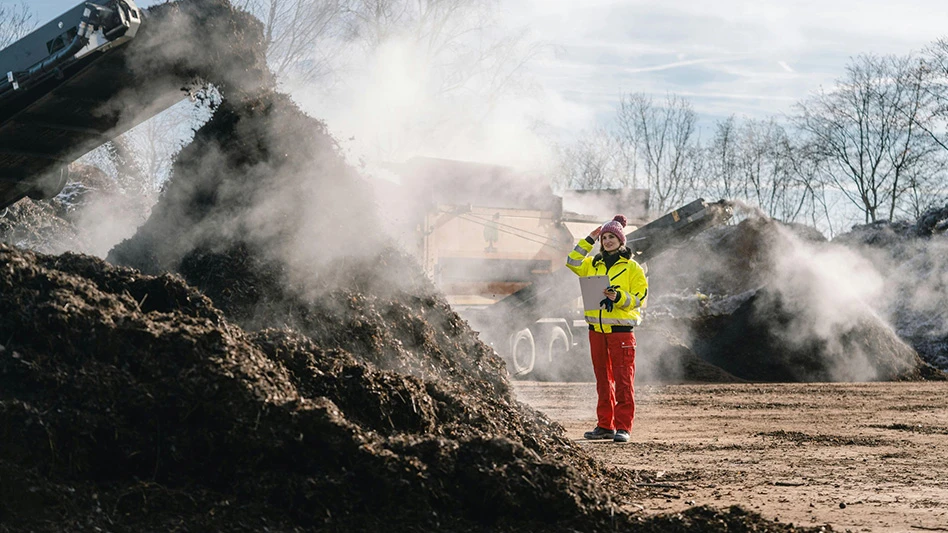
Megan Smalley
Increasingly both federal and state lawmakers in the United States have introduced and passed legislation with a goal to reduce pollution, raise recycling rates and increase the use of recycled content in products and packaging.
Th bipartisan Recycling Enhancements to Collection and Yield through Consumer Learning and Education (RECYCLE) Act, introduced in 2019 by Sens. Rob Portman and Debbie Stabenow, has been included as part of the Infrastructure Investment and Jobs Act as of August. The legislation will authorize a federal grant program through the Environmental Protection Agency (EPA) to educate households and consumers about residential and community recycling programs.
In early August, Sen. Sheldon Whitehouse introduced the Rewarding Efforts to Decrease Unrecycled Contaminants in Ecosystems (REDUCE) Act to the Senate. That proposed legislation is designed to create a new incentive to recycle plastic and address plastic waste in ecosystems by imposing a 20-cent-per-pound fee on the sale of virgin plastic used in single-use products.
And in June, the U.S. Plastics Pact, a consortium led by The Recycling Partnership and World Wildlife Fund as part of the Ellen MacArthur Foundation’s global Plastics Pact Network, released a national strategy to ensure all plastic packaging will be reusable, recyclable or compostable by 2025 with a “Roadmap to 2025” strategy.
Conversations surrounding recycling and sustainability are increasing at both the federal and state levels, but industry stakeholders note that there are both pros and cons to the proposed and enacted legislation. That was the main takeaway during a session titled Industry Debate: Federal and State Regulations: Are They the Key to Improved Recycling Rates that took place during Plastics Recycling World Expo Nov. 3 in Cleveland.
“It is a positive sign that there is increased attention on these issues and that brand owners have a seat at the table to talk about solutions and what could be put forward to achieve some of the targets we’ve set out,” said Stephanie Potter, who leads sustainability strategy and corporate affairs at Nestlé, which has global headquarters in Switzerland.
“Increased attention is good,” Robert Render, business development manager of sustainability at Ravago Recycling, said in response to Potter. “But we’re seeing too many regulations that are punitive, penalizing plastic and isolating plastics. And they are missed opportunities. The legislation needs to be more supportive of the industry to force collaboration between partners—government and industry—to solve problems and not penalize industry."
He continued, “I think there is too much of that going on. That is impacting how the public views plastics. One of the reasons why plastics is everywhere is plastics are a great material to work with. They perform well, they are cost-effective. It seems like we’re being penalized for being the material of choice.”
Steve Alexander, president and chief executive officer at the Washington-based Association of Plastic Recyclers, added that there are pros and cons to legislation surrounding plastics recycling and sustainability. “I think it’s great there’s attention. But, two, I’m very concerned. We have to make sure that once we have this attention of the regulatory process that what they come up with actually solves the problems. We know the legislative mindset is short—they want to put a solution on the table, and it may not work. It’s incumbent upon us to stay committed and focused and make sure solutions actually solve the problems and address the issue of plastics sustainability.”
Driving recycling rates
Some new legislation aims to boost recycling rates, but speakers at the Plastics Recycling World Expo said it will take more than just legislation to improve those rates.
Potter of Nestlé said she does not think there’s “one main driver” to boost recycling rates.
“Brand owners who have stepped up to lead in this space, Nestlé is in this category, has been a driver,” she said. “I think there’s a lot of different groups that have different parts of the solution.”
Alexander added, “I don’t think it’s any coincidence that brand owner commitment has risen dramatically since we’ve come to the conclusion that policy will be a driver in this space. But I think it’s a combination—a combination of the realization that if we don’t do something ourselves, it will be done to us by policy. Then I also think there is a recognition that increased attention to the plastic sustainability problem is an important message to share to consumers, shareholders and employees.”
In addition to legislation driving recycling rates, Render said the markets themselves are helping to boost recycling rates. “The market is really dictating activity investment. This past year, virgin resin prices were out of sight. Recyclers did well because there were gaps in supply. The market drove a lot of activity. … You can’t ignore the market.”
Recycling education also will help increase recycling rates, Potter said, but she noted that there is a lot of confusion when it comes to recyclability. She said there’s increasing awareness among consumers about the need to recycle and education has improved, though. Potter said “circular economy” and “sustainability” will likely become “everyday vernacular” for consumers in the future.
“I think that the industry as a whole has a lot of work to do to improve the image of plastic but educating the consumers to the possibility of plastics in recycling is very important,” Render added.
Regulatory obstacles
Panelists added that some federal and state regulations pose some issues for recycling industry players. Render said there is sometimes a “disconnect” between recycled content laws and infrastructure to produce materials to meet demand.
Alexander said he thinks more questions need to be answered when it comes to laws surrounding chemical or advanced recycling, such as what chemical recycling process works best and whether material recovery facilities need to produce separate bales to provide to chemical recycling operations. “Chemical recycling is not, ‘Let’s put everything in one bin, stir it up’ and then we’ve got recycled content.”
Render added, “To me, advanced recycling is a complement to mechanical recycling but not a replacement of mechanical recycling. It needs to have the support that mechanical recycling has traditionally enjoyed, but the technologies need to perform and have to be environmentally responsible. But we can’t pass laws making it impossible to consider advanced recycling.”
Latest from Recycling Today
- Phoenix Technologies closes Ohio rPET facility
- EPA selects 2 governments in Pennsylvania to receive recycling, waste grants
- NWRA Florida Chapter announces 2025 Legislative Champion Awards
- Goldman Sachs Research: Copper prices to decline in 2026
- Tomra opens London RVM showroom
- Ball Corp. makes European investment
- Harbor Logistics adds business development executive
- Emerald Packaging replaces more than 1M pounds of virgin plastic
